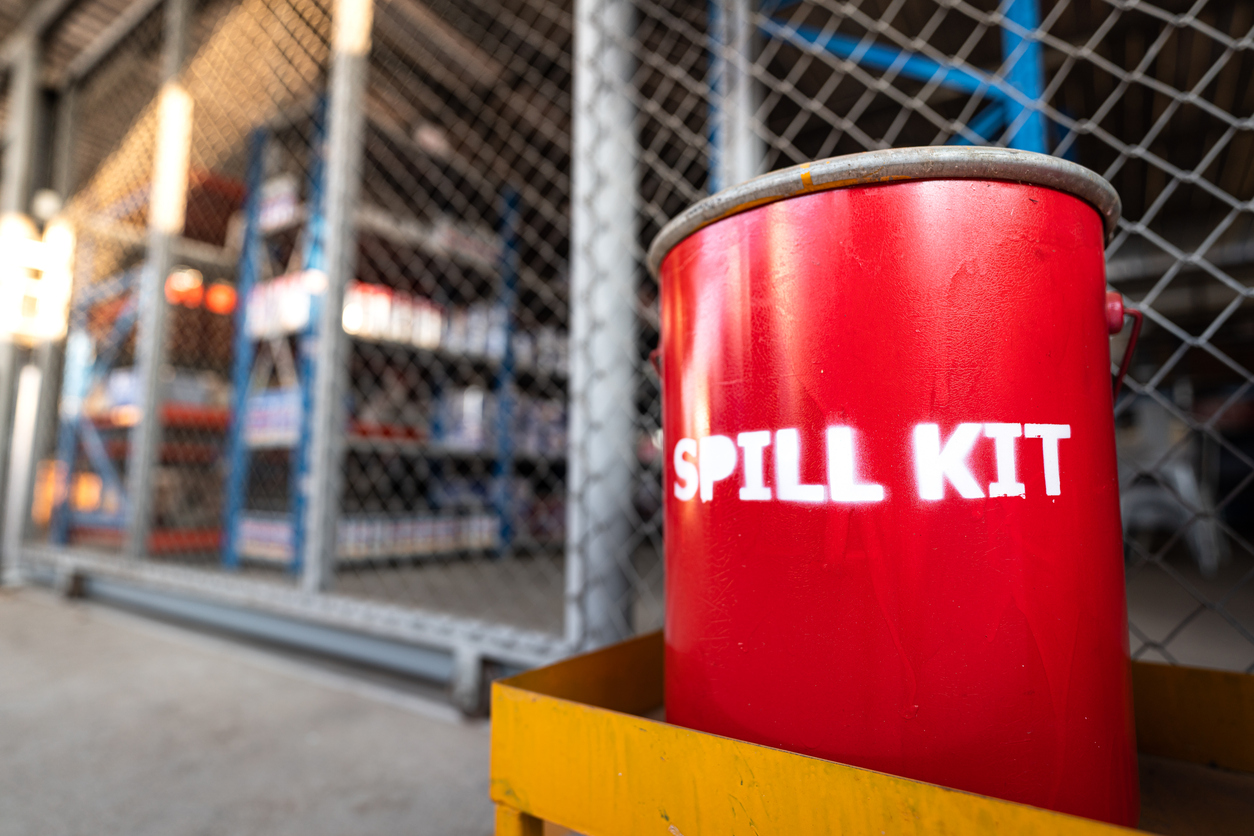If your facility stores a total capacity of 1320 gallons above ground or 42,000 gallons below ground, not including container storage less than 55-gallons, equipment generators, nuclear power facilities and closed off piping that does not provide oil for your facility, you will need a SPCC.
What is included in the SPCC?
According to the Stormwater Training Center, Qualified facilities can be broken down into two categories; Phase I and Phase II. These phases have different requirements based on the total capacity of the storage and prior spill history.

For example: above ground storage containers with no single discharge in the last three years greater than 1000 gallons or two separate discharges greater than 42 gallons within a one-year period will qualify your facility to develop and self-certify their own SPCC.
Your SPCC may include a Federal Response, Plan, Regular monthly inspections, Integrity Inspections, spill kits that can contain the total quantity of oil stored on site during a spill, training, pollution prevention practices and much more.
Some states and circumstances require a registered Professional Engineer to certify your SPCC. It’s always a good idea to check with your state agency for any additional requirements above the Federal requirements.
If you have a qualified facility and need a Phase I or Phase II SPCC, the Stormwater Training Center can be of assistance. We have developed SPCC’s for some of the largest industrial facilities in the country. We would help you develop an official document that meets state and federal requirements.
Spill Prevention, Control and Countermeasure (SPCC) Development
Other Relevant Training Available from the Stormwater Training Center:
Industrial Stormwater Inspector Certification
Stormwater Pollution Prevention Plan (SWPP, SPPP, SWP3) Development

